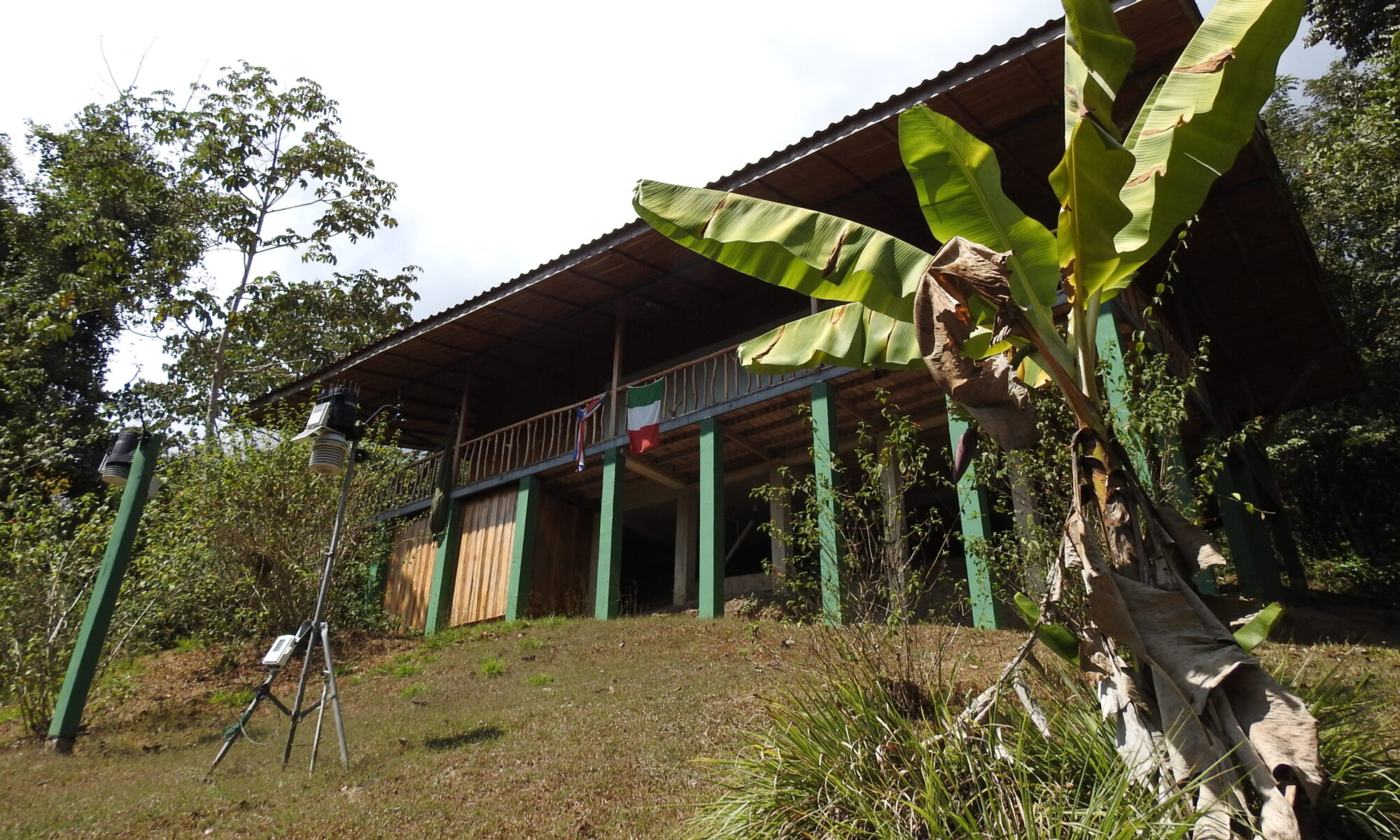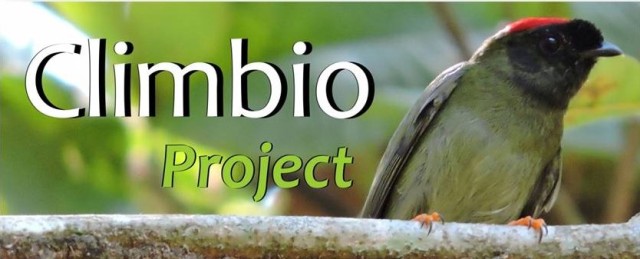Biodiversity has been defined by the Convention on Biological Diversity (CBD) as the variability of all living organisms included in the aquatic, terrestrial and marine ecosystems and in the ecological complexes of which they are a part. The interactions between living organisms and the physical environment give rise to functional relationships that characterize the different ecosystems ensuring their resilience, maintaining them in a good state of conservation and providing the so-called ecosystem services.
Study of tropical fauna, aimed at relating biodiversity with climate change.
BIODIVERSITY AT THE KAREN RESERVE
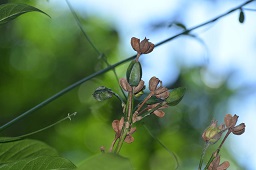
In the Reserve there are plant species at risk of extinction or with small populations such as mahogany (Swietenia macrophylla), ron ron (Astronium graveolens), nispero (Manilkara chicle), cachimbo (Platymiscium curuense), cocobolo (Dalbergia retusa), guapinol (Hymenaea courbaril) ), ojoche (Brosimum alicastrum), among others. The cafecillo (Erythrochiton gymnanthus) is distinguished by its rarity, a species endemic to the central Pacific of Costa Rica. In a recent study we found several previously unknown sites of this species. There are nine species of palms present in the Reserve, which are distinguished by their rarity the Vivieja (Neonicholsonia watsonii) and a viscoyol (Synecanthus warscewiczianus) There are also many species of orchids, ferns, bromeliads and other epiphytes.
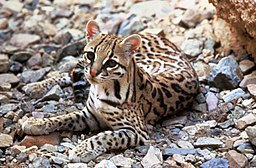
As for the fauna, the Reserve serves as a refuge for small populations of felines: yaguarundi (Felis yaguaroundi), caucel (Felis wiedii), ocelot (Felis pardalis), puma (Felis concolor). Among the mammals there are some uncommon rodents elsewhere such as the paca (Agouti paca), the tepezcuintle (Cuniculus paca), two species of possums, the kinkajou (Potos flavus), the peccary (Tayassu tajacu), the polecat (Conepatus semistriatus) the very rare River Otter (Lutra longicaudis), the nine-banded Armadillo (Dasypus novemcinctus), the Virginia Deer (Odocoileus virginianus).
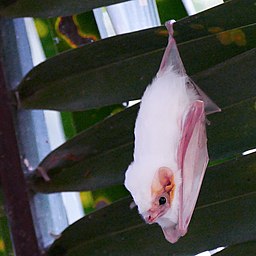
Among the bats are the rare ghost bat (Diclidurus albus), not reported on the Nicoya Peninsula, and the vampire Desmodus rotundus. More than 200 bird species have been identified, including: the crested guan (Penelope purpurascens), the sparrow hawk (Herpetotheres cachinans), the white sparrow hawk (Leucopternis albicollis), the wild hens (Crypturellus cinnamomeus and C. soui), the bell bird (Procnias tricarunculata), toledo (Chiroxiphia linearis), as well as many other local and migratory bird species.
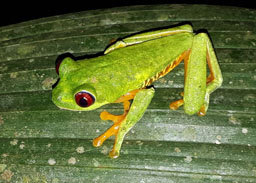
The rich herpetofauna includes species of amphibians more related to the humid climate such as the red-eyed tree frog (Agalychnis callidryas) which is present in various breeding sites in the Reserve, the toad (Rhinella marina) and the Mexican tree frog (Smilisca baudinii), whose presence had not been confirmed for several years. As for the reptile species, we can include two snake species, Tantilla armillata and Trimorphodon quadruplex, and two of geckos, Coleonyx mitratus and Sphaerodactylus graptolaemus among the new species for the reserve. The latter is an endemic species of Costa Rica and Panama, and lives only in the humid and very humid primary forests of the southern Pacific coast, it is very rare and almost nothing is known about its biology and reproduction. So far this is his first discovery for the Nicoya Peninsula. There is also Rhinoclemmys pulcherrima (red wood turtle), which has not been contacted in the reserve since 2014. Also very important is the discovery of a species of tree snake, Imantodes gemmistratus, which until now had not been detected in the Karen Reserve.
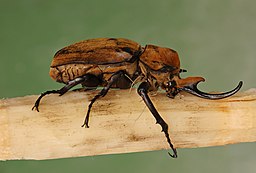
Finally, the quantity of insects of the various classes is enormous and its study has just begun. The use of light traps has led, for example, to the first report for the Megasoma elephas scarab reserve, whose name gives a good idea of the record size of this insect. Countless lepidoptera and diurnal moths are now being classified.
With Francesco Mezzatesta and Franca Zanichelli to discover Biowatching
